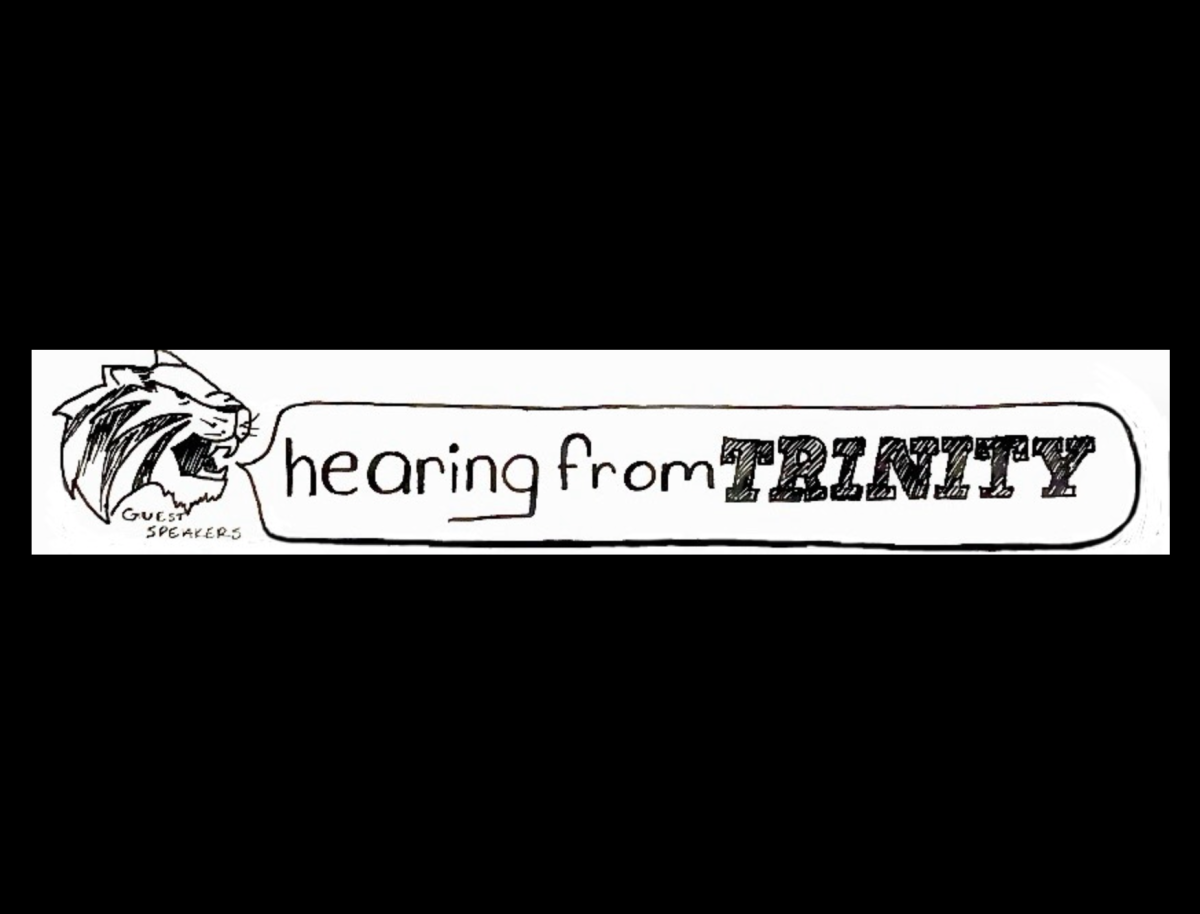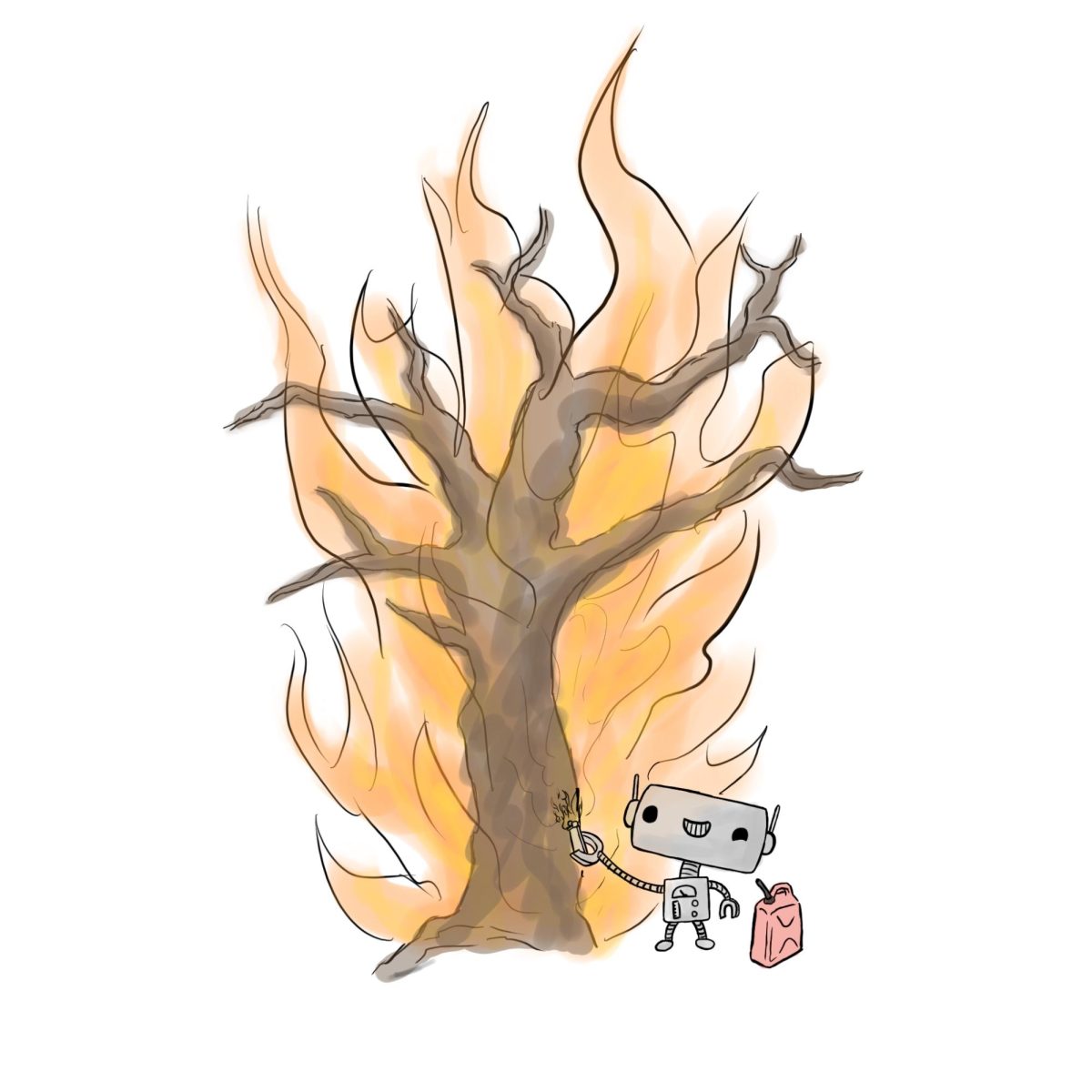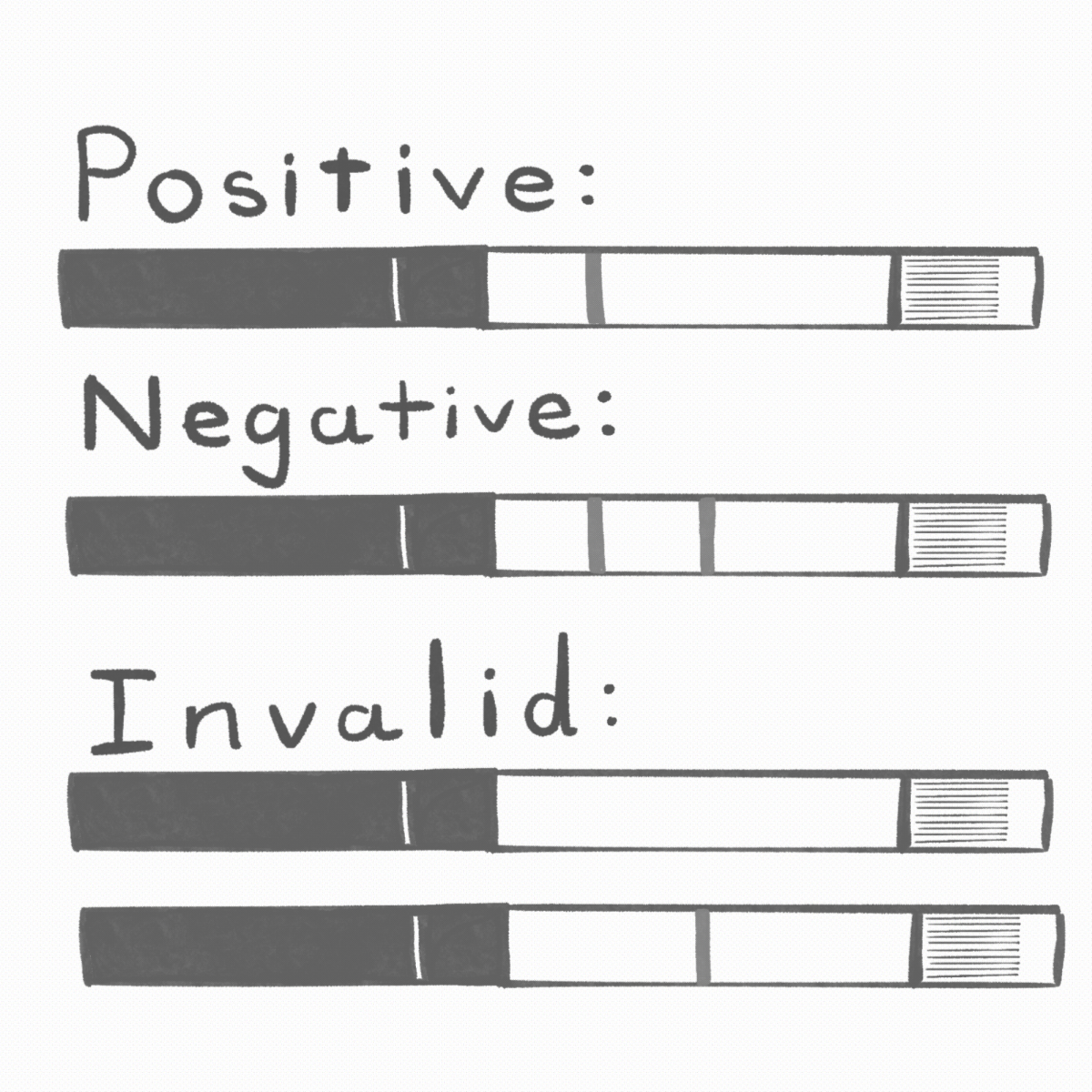Hey y’all, welcome to the Trinitonian’s second column in our brand-new advice series. Two weeks ago we heard from Kait at the Sex Corner, and today you’re joining me in the Drug Spot. I’m going to explain what Narcan is and how to administer it in case of an emergency.
Naloxone, also known as Narcan, is a medication used to reverse opioid overdoses. According to the National Institute on Drug Abuse, opioids are “a class of drugs that include synthetic opioids such as fentanyl; pain relievers available legally by prescription, such as oxycodone (OxyContin®), hydrocodone (Vicodin®), codeine, morphine, and other drugs such as heroin.”
Narcan does not reverse overdoses resulting from other drugs, such as cocaine, benzodiazepines or alcohol. However, it can reverse overdoses from drugs that are mixed with opioids — an example of this would be cocaine mixed with fentanyl or carfentanil.
You can tell when someone has overdosed on opioids if:
The person is passed out and you cannot wake them up.
They’re not breathing or breathing very slowly and erratically.
They’re making choking or gurgling sounds.
Their lips are blue or grayish.
They have a slow, erratic or absent pulse.
Their face is pale or clammy.
Safeproject, a harm reduction organization, says to administer Narcan and possibly save someone’s life, you should: Lay. Spray. Stay.
Lay
First lay them on the ground safely, then try to get them to wake up by yelling their name and doing a hard sternal rub to their chest plate. To do a sternal rub, you must rub the knuckles of a closed fist firmly and vigorously on the person’s sternum located in the middle of their chest. This is a method used by Emergency Medical Services for applying a painful stimulus to wake up patients. If they do not wake up when you start doing this, then it’s time to call 911 and administer Narcan.
Spray
There are two different kinds of Narcan: injectable and nasal. If you use an injectable, you draw up the entire vial and inject it into the thigh muscle. If you use nasal, you stick the device up one nostril and click the plunger. The person’s sinuses will absorb the medication.
If the first dose of Narcan does not seem to be working after two minutes, administer another dose. Repeat doing this every two minutes if it still doesn’t seem to be helping.
Stay
After administering Narcan, call 911 or medical services near you as soon as you can and explain that the person is not responsive, not breathing or that you think they have overdosed.
If there is more than one person present to help, have one monitor the person who has been administered Narcan, the other call 911 to explain the situation and if there’s one more present, have them go retrieve a defibrillator just in case.
Narcan will have no adverse effects on someone who does not have opioids in their system, so it is better to administer it to someone who doesn’t need it, rather than not give it to someone who does.
After administering Narcan, provide rescue breathing and CPR if you feel comfortable doing so. If you are unsure of how, a 911 operator will walk you through it over the phone. Texas has a Good Samaritan law that encourages people to attempt CPR and releases them from lawsuits if they perform it incorrectly. Not performing CPR to textbook standards or accidentally breaking a rib while trying to save someone’s life is often better than letting someone die without attempting to save them.
To provide rescue breathing, put the person on their back, tip their head back to straighten the airway, pinch their nose, put your mouth over theirs and form a seal. Then do one breath every five seconds.
Afterward, when the person starts to breathe regularly again, roll them into a recovery position on their left side. Prop their right leg up, as if they’re going to knee something, and bend it at a 90-degree angle so the knee can stop the person from rolling onto their stomach. Then put their hands under their head to prevent the person from choking on their tongue or vomit.
After you’ve given Narcan, done rescue breathing and the person begins to wake up — explain what happened to them and tell them not to take any more drugs because that could cause another overdose. Naloxone is generally a safe medication, but it may cause some withdrawal symptoms such as confusion, sweating, vomiting and irritability.
Narcan wears off in about 30 – 90 minutes, so it’s good to stay with the person until they get other medical attention, such as EMS, or until the Narcan wears off to make sure they do not overdose again. Once an ambulance or doctor is present, tell them that Narcan has been administered.
If you do not call 911 or seek medical care, then you need to stay with the person for at least three hours and watch for signs of a returning overdose.
The concern that naloxone will enable people to overdose and depend on Narcan as a safety net is a misconception. Communities with naloxone distribution and education programs have decreased the rates of overdose deaths. For this reason, several health organizations have endorsed naloxone distribution as a strategy to combat the opioid epidemic.
You can acquire Narcan from pharmacies and local harm reduction agencies. The branded NARCAN® Nasal Spray is available over-the-counter nationwide, and on campus you can get more information on Narcan by contacting TU Health Services or TU’s Addiction Awareness club (@tuaddictionawareness on Instagram). Contact Corazon Clinic in San Antonio to see other options for getting access to Narcan.








